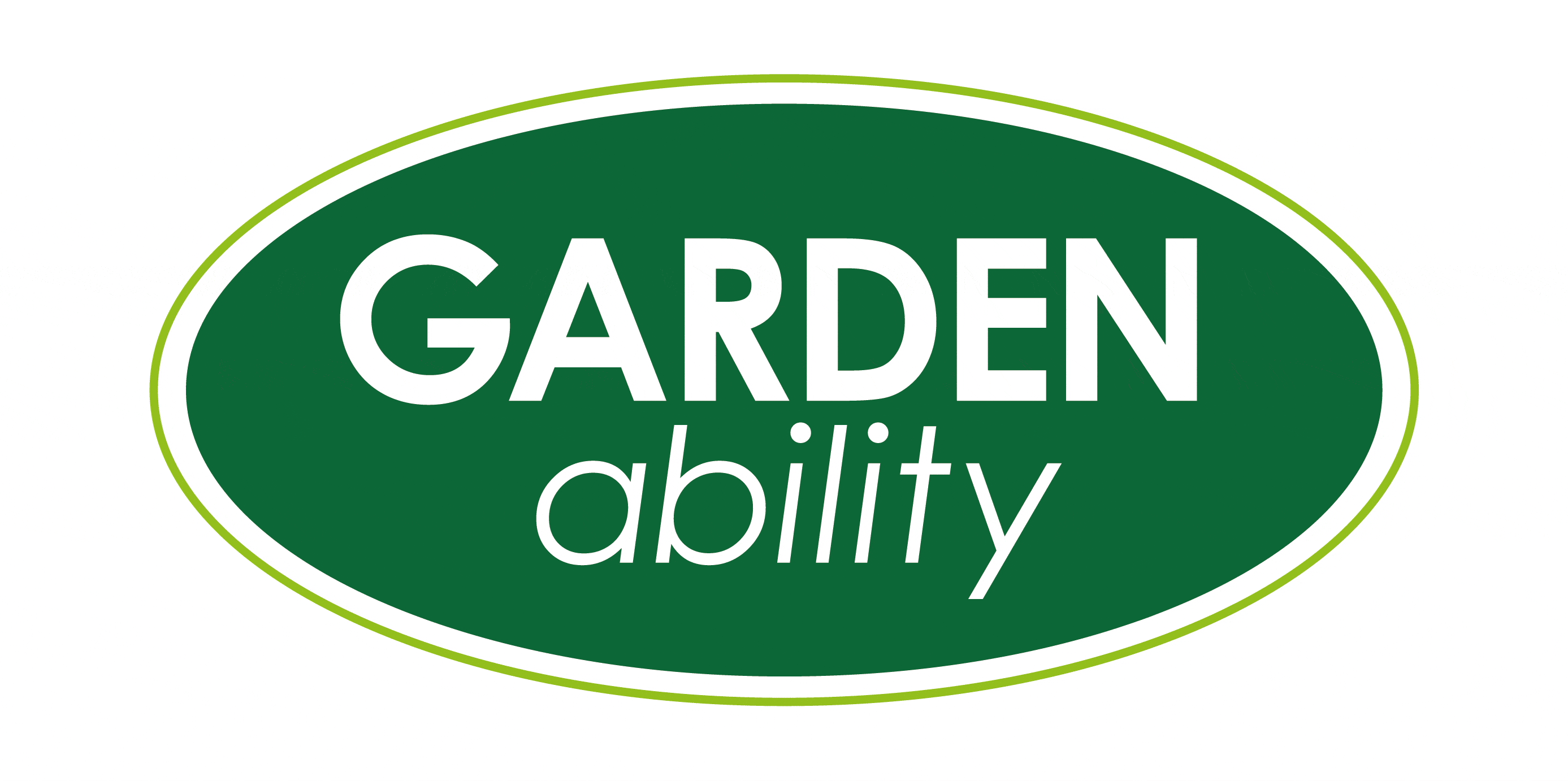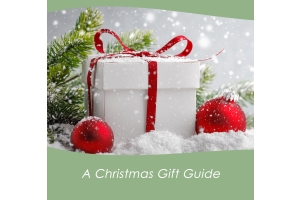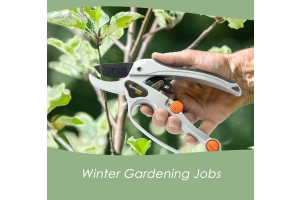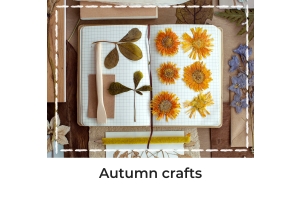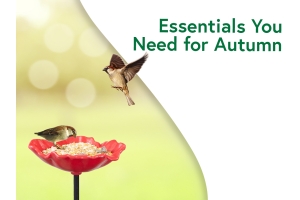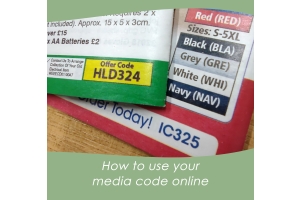How to Attract Birds to Your Garden
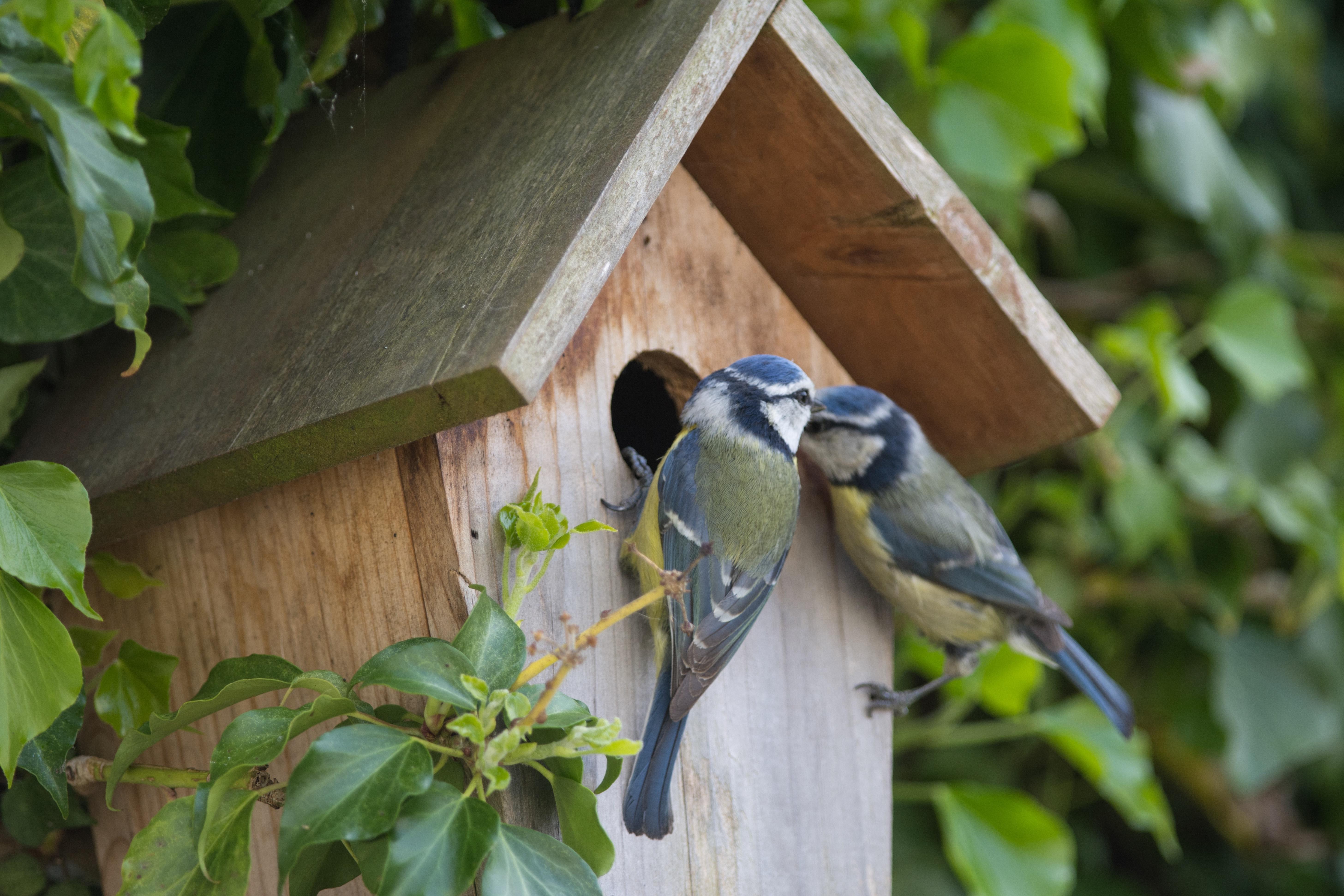
As we transition from winter to spring, one of the greatest joys of the season is the delightful bird song that greets us each morning. The cold, grey weather will soon be replaced by blue skies and beautiful blooming blossoms on our trees and in our flower beds.
It’s the perfect time to stock up on your wild bird supplies and encourage those feathered friends to return to your garden. If you love birdwatching and helping your local wildlife thrive, continue with this article.
How do I attract more birds to my garden?
Some birds may already be exploring your garden, but there are ways to keep them coming back and bring their friends with them. Not only do birds bring chirping harmonies to your home, but they are also fantastic helpers for keeping pests away. If you are looking for a natural way to keep insects away from your flowerbeds, attracting more birds to your garden could be the solution for you.
Birds are not too different from humans. Wild birds look for similar things that we may look for when we visit somewhere new – food, water and shelter. Bring these three things to your garden and attract more birds to your garden.
How do you take care of a wild bird?
To take care of the wild birds in your garden, you need to provide those three essential elements – food, water and shelter. Try to install a few nesting boxes in your garden to provide shelter and keep birds safe from predators and the elements alike.
Be careful where you keep your nesting box though as any sign of predators will scare them away. For traditional small-holed nest boxes, place them 2-4 metres up a tree or wall.
To provide water for birds, put in a birdbath so they have a place to hydrate and clean themselves. Water is an essential thing for all living things and our chirping chums are no different. Make sure you place it somewhere where birds can keep an eye out for potential threats.
What can I feed a wild bird?
Of course, along with water and shelter, food plays a vital role in attracting birds to your garden. However, it is important to stay mindful of which foods are appropriate for birds and which foods could cause harm.
For autumn and winter (during cold temperatures and severe weather), put out foods with high-fat content. This provides essential energy for birds to get through the season. Fat and suet balls are a great option for this time of year because they provide a boost of calories.
During spring and summer, opt for raisins, seeds and grains. These should be high protein foods that get them through warmer temperatures.
Hygiene is vital when putting food and water out for birds. If your feeders are dirty, you could be doing more harm than good.
What are the most common garden birds?
So, you have put out those essential wild bird supplies, but how can you identify your new feathered friends? Here is a list of the most common garden birds you could be seeing in your garden:
Robin – These are easily identifiable by their famous red chests.
Great Tit – Find green and yellow tones on this bird, as well as a black and white head.
Chaffinch – Look out for black and white flashes on their wings. Male chaffinches may have a slightly pink tone to their breast while females are browner.
Blackbird – As the name suggests, these birds are black though they are larger than many of the other birds on this list.
Collared Dove – You are sure to recognise these by their distinctive coo-coo call. These birds are a grey colour with a distinguishing black neck collar.
Goldfinch – This lovely bird has a unique red face to help you identify it. You may spot a yellow patch around the wings too.
Have you found a bird that doesn’t sound like one on the list? Make a note of any distinct markings you spotted on it. Look out for the colours of its head, chest and wings because these can be important identifiers. The RSPB (The Royal Society for the Protection of Birds) is an excellent resource for finding the name of new flying visitors to your garden!
